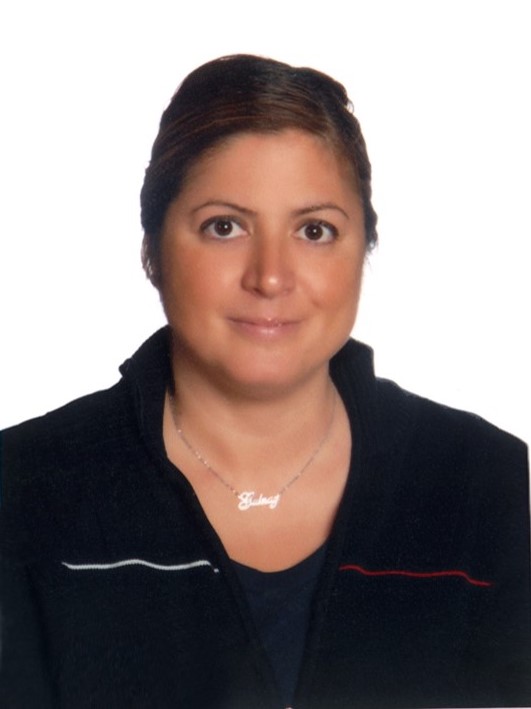Lecture 2 - Life after Death: The Thanatomicrobiome
The CURESUB Lecture Series
Tuesday, February 1st 2022
11AM - 12:15 PM Eastern
Zoom Link
Dr. Gulnaz Javan
Associate Professor of Forensic Science
Associate Editor, Frontiers in Microbiology
Website
Recent Award Announcement

SPEAKER BIO
Director of Forensic Biology Program, in the Physical Sciences Department. Associate Professor Gulnaz Javan Thanatos’ Lab at Alabama State University has accessed national and international cadaver samples obtained at autopsy since 2013. PI Javan is Vice-Chair of her university’s Institutional Review Board. She teaches Forensic Biology, Forensic Serology, CSI, Advanced Forensic DNA Analysis and Forensic Microscopy. She is also the Forensic Biology academic advisor. Dr. Javan is a forensic scientist, with experience in the collection of cadaver tissues from criminal cases. Javan is a Fellow of the American Academy of Forensic Science (AAFS); additionally, attended the necessary workshop on FEPAC accreditation, offered through the AAFS. To date, she has trained 7 high school, 40 undergraduates, 40 M.S., 2 PhD and one postdoctoral students She has an extensive publication record in the forensic science literature and has coined novel terms in the forensic field such as “thanatomicrobiome” (microbiome of death) and “Postmortem Clostridium Effect” to describe the proliferation of microbes for the determination of time of death.
ABSTRACT
Human thanatomicrobiome studies have shown that microorganisms inhabit and proliferate externally and internally throughout the body and are the primary mediators of putrefaction after death. Yet little is known about the source and diversity of the thanatomicrobiome in regards to geographical factors in which corpses are found. Prokaryotic 16S rRNA gene sequences are extensively used in forensic microbiology as reliable biomarkers for the taxonomic classification and phylogenetic analysis of the thanatomicrobiome. Upon death, all immune mechanisms in the human body that were operational during life cease, and commensal bacteria start to degrade the body, as a part of the natural calendar of death. Presumably, the postmortem microbial composition dynamics of internal organs (e.g., liver) are distinct due to geographical variability. In this study, we investigated the microorganisms obtained from the liver of corpses from Finland and the United States. Our thanatos model assessed liver samples from 65 human remains from the two countries (n=130) with postmortem intervals ranging from 3-264 hours. To distinguish the composition and diversity of thanatomicrobiomic signatures, we performed PCR and high-throughput sequencing targeting the V4 region (Class I) of the 16S rRNA gene using bacterial primers 515F-806R. The bioinformatic results revealed that there were significant differences (p <0.001) among location (Finland versus the United States) and postmortem interval in unweighted and weighted Unifrac ADONIS tests. Also, recent thanatomicrobiome findings for United States cadavers discovered that a majority of the microorganisms in the human body after death were the obligate anaerobes, Clostridium spp. On the contrary, in the current study there was a paucity of Clostridium spp. in the Finland corpses. In conclusion, we investigated the influence of 16S rRNA gene primer choice in determining the different community profiles to provide empirical data to support Human Postmortem Microbiome Project for studying the thanatomicrobiome.
